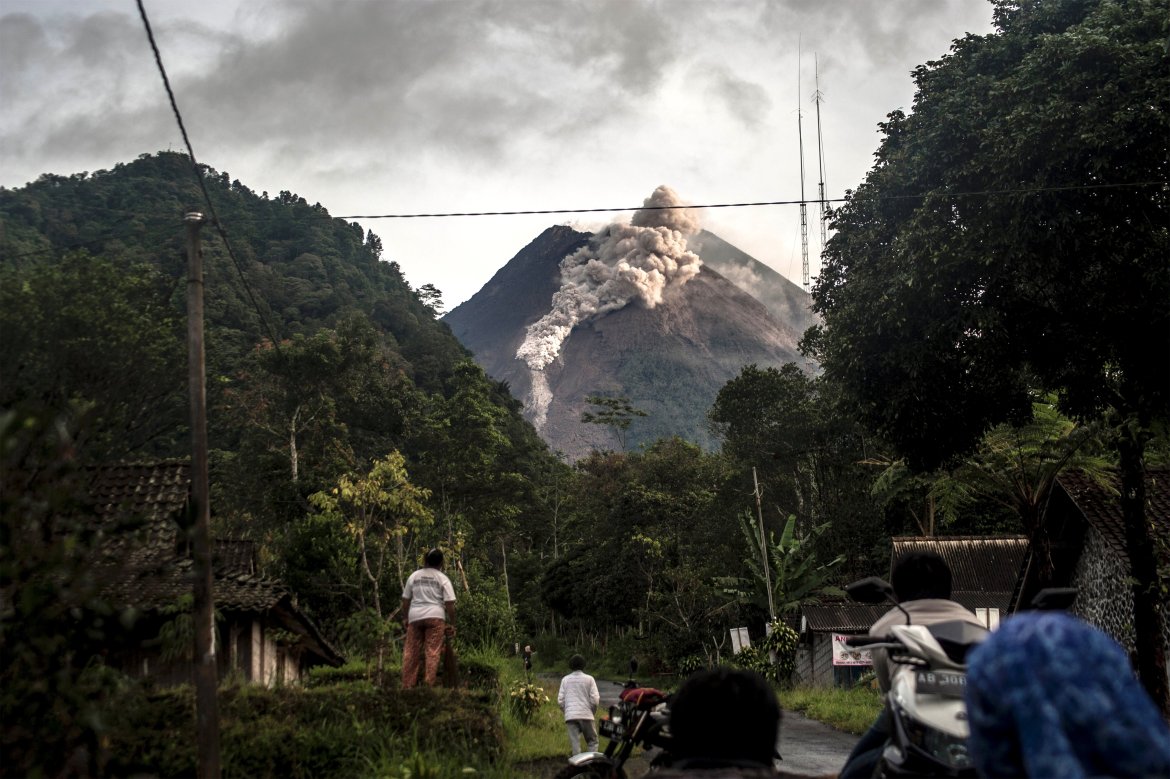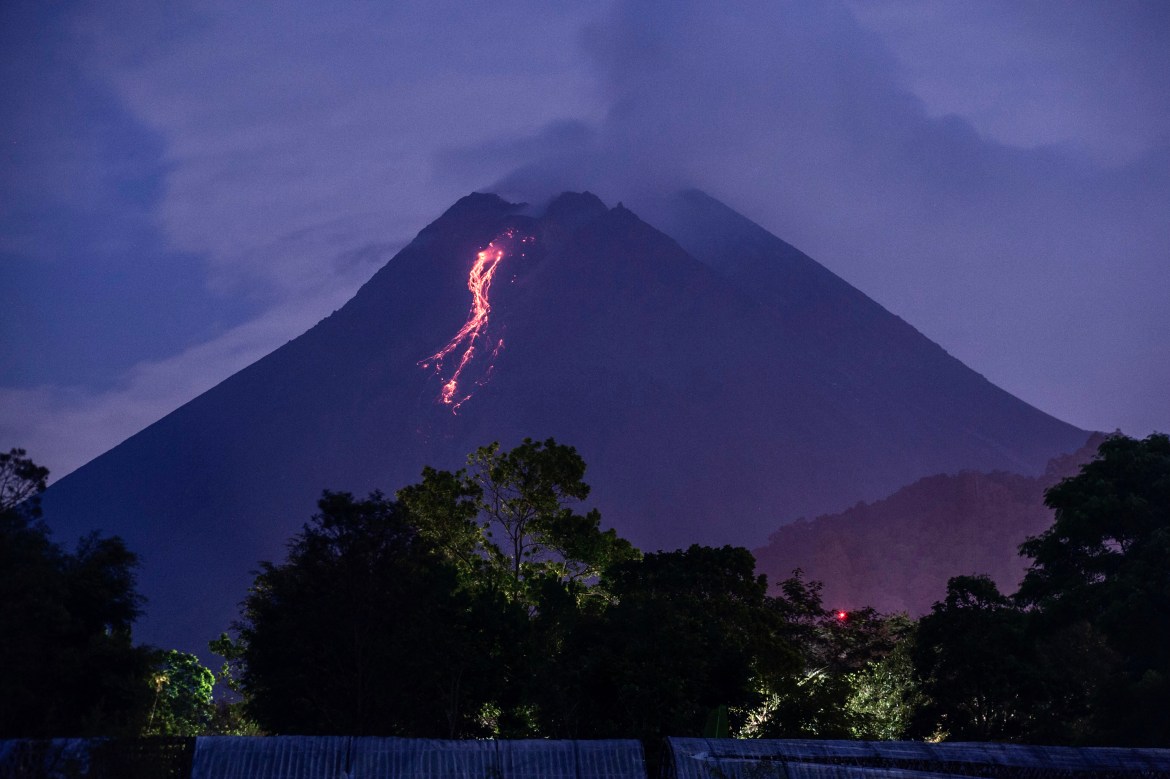Cally Stephanow CTV News Regina Video Journalist
Published Monday, January 25, 2021
Sask. rallies behind Dr. Shahab and family
Last Updated Monday, January 25, 2021 6:44PM CST
WATCH: Following harassment at his family home on the weekend, Saskatchewan residents have rallied to show their support for Dr. Shahab.REGINA -- Organizations and individuals across Saskatchewan have rallied behind the province’s chief medical health officer after individuals protested at his Regina home on Saturday.
People are expressing their support online using the hashtag, #IStandWithShahab.
President and CEO of Evraz Place, Tim Reid said he thanks "Dr. Shahab and his family for their selfless commitment to Saskatchewan."
Related Stories
'Group of idiots': Sask. premier defends Dr. Shahab after harassment at family home
The support comes as Premier Scott Moe took to social media this weekend calling the protestors, "idiots."
The Government of Saskatchewan said Dr. Shahab and Scott Moe will comment on the incident at Tuesday's press conference.
On Saturday, the leader of Saskatchewan’s opposition also shared his support for Shahab on Twitter.
“This is incredibly stupid and dangerous. Dr. Shahab is doing a very difficult and important job trying to protect us all from COVID-19,” Ryan Meili wrote. “He deserves our respect and support, not this unconscionable abuse.”
"Dr. Shahab, those 12 angry people do not speak for the one million residents of Saskatchewan. Thank you for all you've done for our province." Gloria Olson, a travel agent in Regina wrote on social media.
"I do think it was disgusting that people would go and threaten his safety and the safety of his family," Olson said. "When he can't even live privately outside of his work, and I'm sure he's working 12 hour days or longer to protect us. But yet he has to feel threatened by a few idiots."
Olson's post has now been shared more than 4.2 thousand times.
Olson's dad also died in November and the family hasn't been able to have a proper funeral. She said she understands the restrictions are tough but she knows they are in place to protect Saskatchewan residents.
"I believe if he was a mechanic, and I took my car to him and I didn't like the work that he did on it, do I follow him home and harass him because I don't like the job that he's doing or the job that he's done? "Or go to a restaurant and order a meal you don't like to follow the chef home and harass him," Olson said. "It's just ludicrous."
The Saskatchewan Medical Association (SMA) released a statement on Monday denouncing the protestors.
The President of the SMA said the organization stands with Dr. Shahab and all of his colleagues.
“Bringing a protest to Dr. Shahab’s private residence is absolutely unacceptable, and the SMA condemns these actions,” said Dr. Barb Konstantynowicz, president of the SMA.
Both RCMP and the Regina Police Service (RPS) are providing some level of protection for Shahab.
Since the protest on Saturday, there are some questions about why protestors were able to demonstrate outside Shahab's home.
At a press conference on Monday afternoon, RPS Chief Evan Bray said the protestors were not being violent and were wearing masks. He said if the was an immediate threat to Dr. Shahab, then officers would have taken action.
"The primary focus is, is there any immediate risk to the safety of anyone? And if there isn't, then the investigative work is done to determine if there any potential charges that will come from that," Bray said. "That's the work that's going on right now."

Dr. Saqib Shahab speaks Nov. 19 about new modelling that shows cases of COVID-19 could at least double in the province over the next six months. (Marc Smith/CTV News)




















